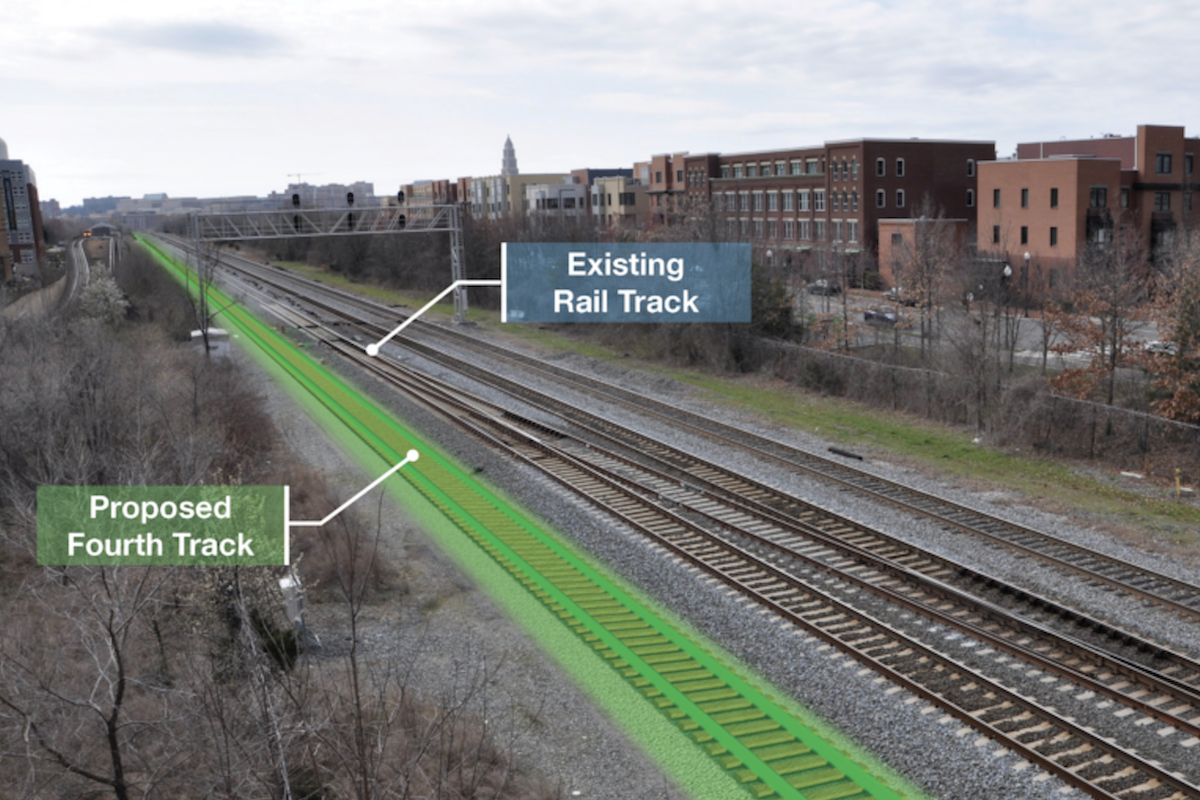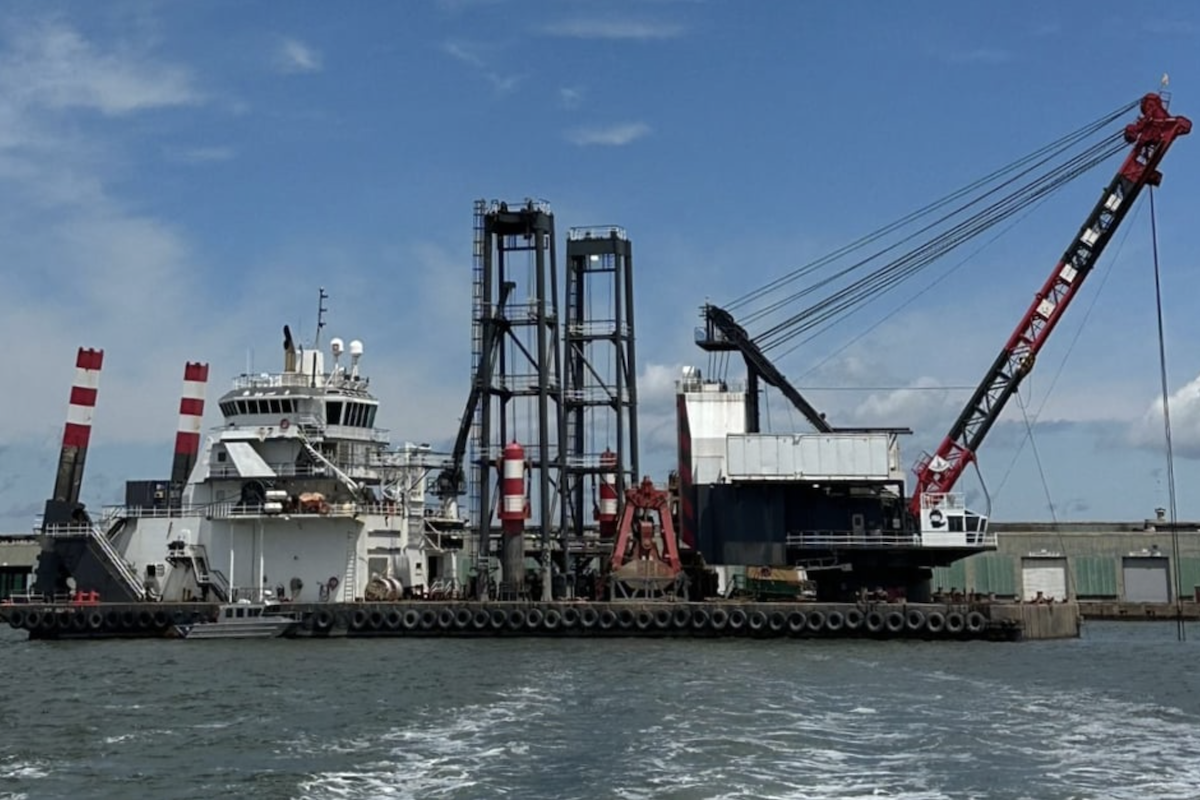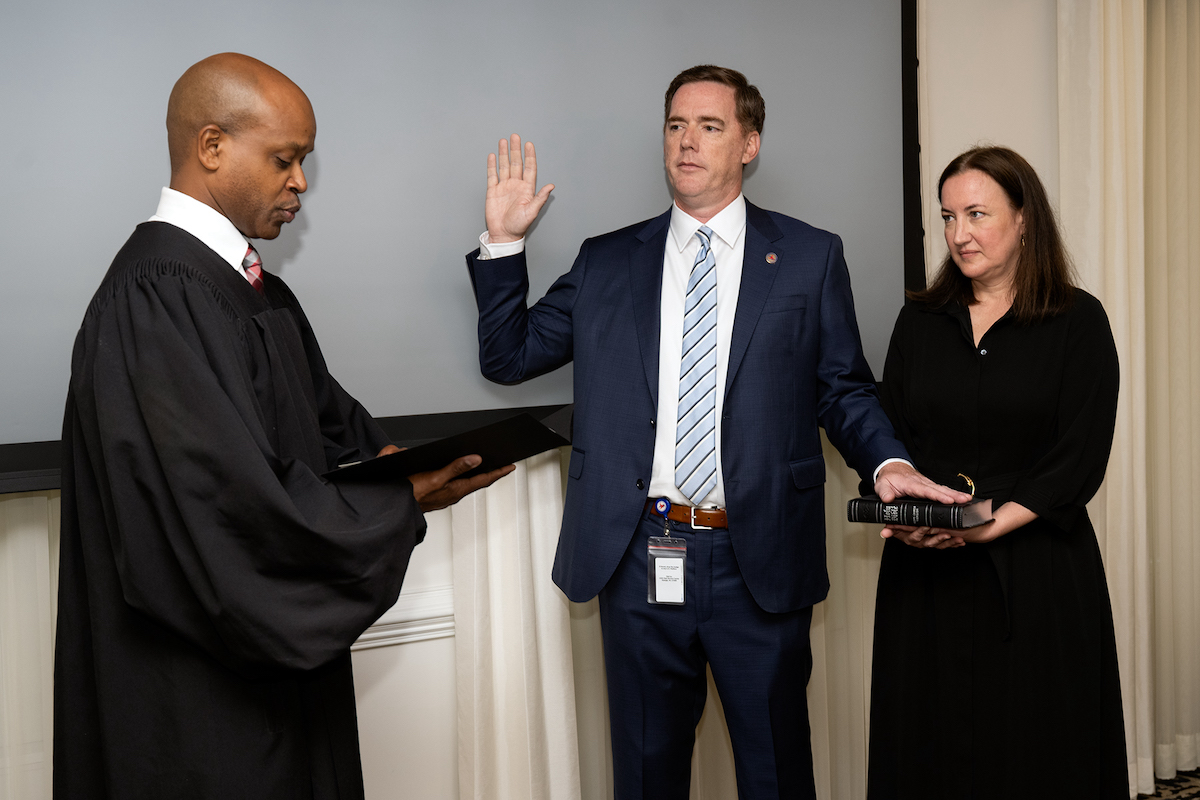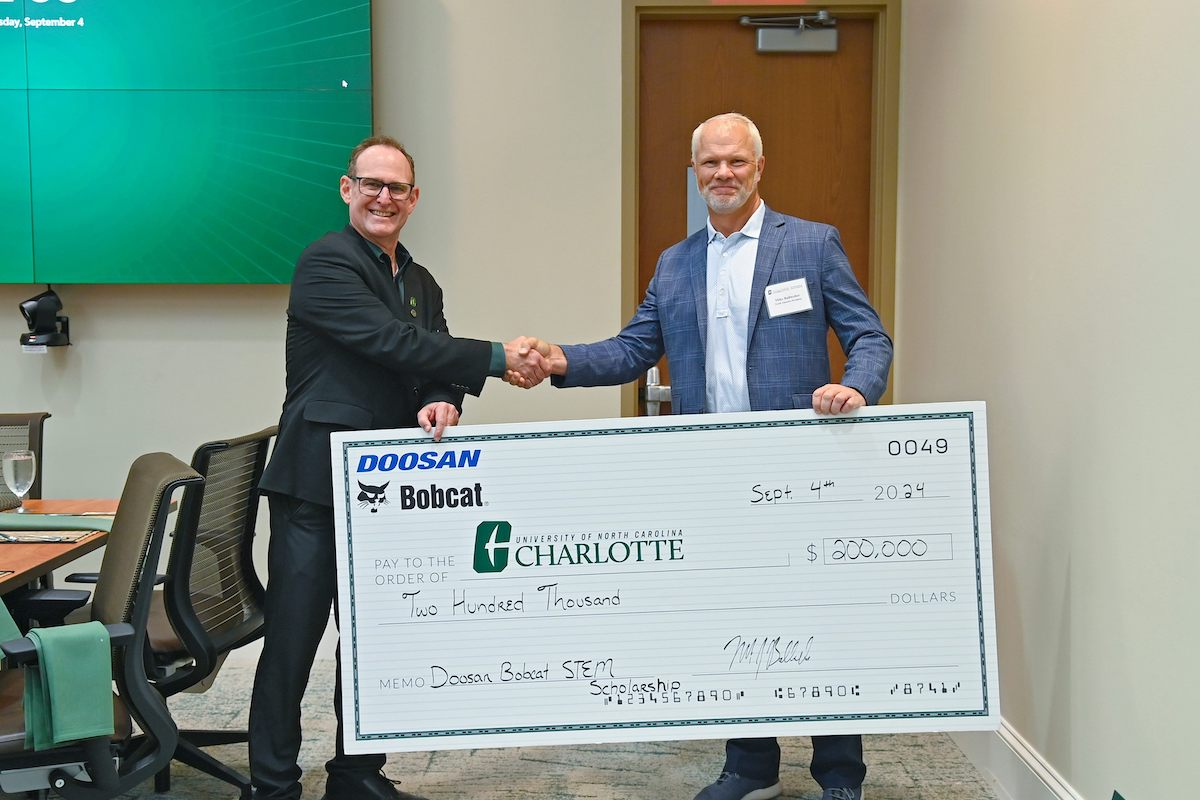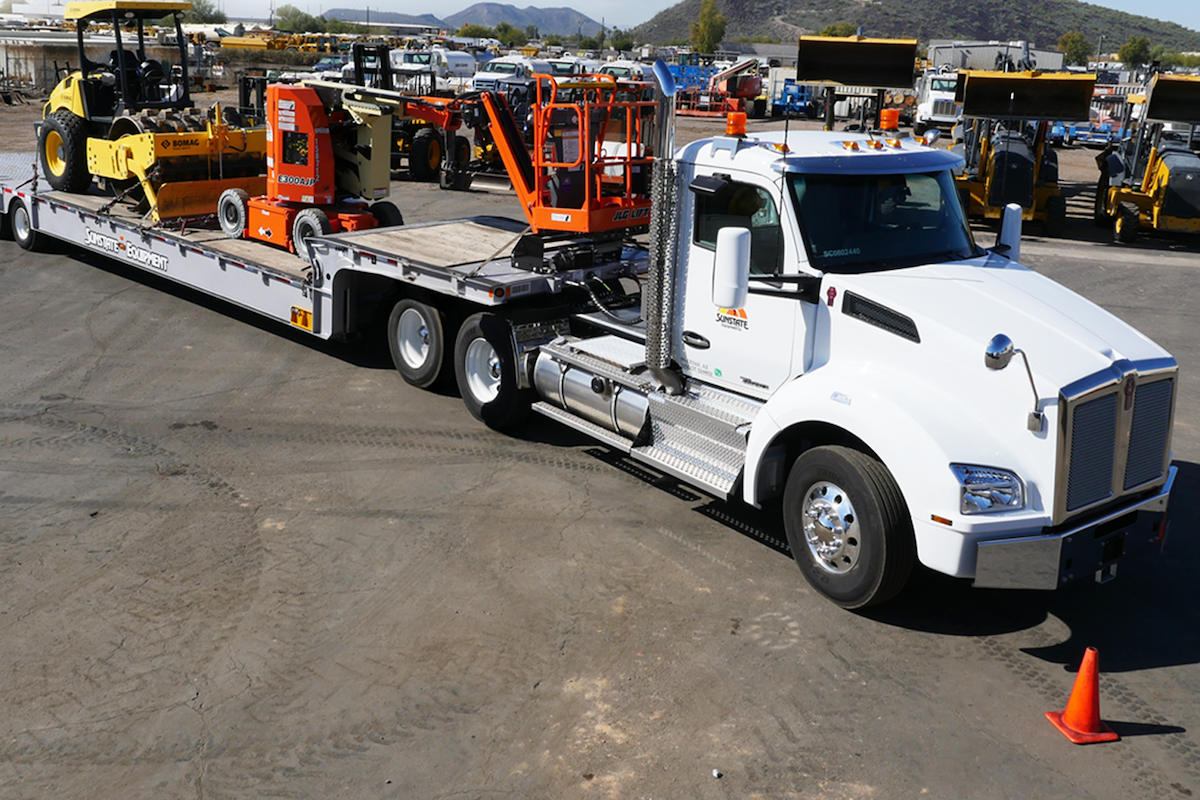The TRIP report, “Moving North Carolina Forward: Providing a Modern, Reliable and Sustainable Transportation System in the Tar Heel State,” finds that throughout North Carolina, one-third of major roads are in poor or mediocre condition, seven percent of bridges (20 feet or more in length) are rated poor/structurally deficient, increasing traffic congestion impedes personal and commercial mobility, and the state’s traffic fatality rate rose significantly from 2019 to 2021.
To address a lack of adequate transportation funding, in 2022 the North Carolina legislature approved HB 103, which dedicated a portion of the state’s sales tax revenue to road and highway projects and is expected to provide an additional $7.2 billion in highway funds through FY 2032-2033. The federal Infrastructure Investment and Jobs Act (IIJA), signed into law by President Biden in November 2021, will also provide North Carolina with $7.8 billion over five years. These additional funds will allow the North Carolina Department of Transportation (NCDOT) to increase its annual investment in roadway preservation and bridge preservation by 17 percent and 22 percent, respectively, from 2023 to 2032. While the increased investment will be helpful, it does not keep pace with increasing inflation. The national highway construction cost index, which measures labor and materials cost, increased by 50 percent during the 21 months from the start of the first quarter in January 2021 to the end of the third quarter in September 2022.
Statewide, one-third of major locally and state-maintained roads are deteriorated, with 10 percent in poor condition and 23 percent in mediocre condition. Driving on deteriorated roads costs the average North Carolina driver an additional $484 each year — $3.7 billion statewide — in extra vehicle operating costs, which include accelerated vehicle depreciation, additional repair costs, and increased fuel consumption and tire wear. In 2022 NCDOT spent $656 million on the preservation of roads and highways, $341 million short of the $997 million annual investment recommended by NCDOT.
Statewide, seven percent of North Carolina’s bridges are rated poor/structurally deficient, with significant deterioration to the bridge deck, supports, or other major components. Most bridges are designed to last 50 years before major overhaul or replacement, although many newer bridges are being designed to last 75 years or longer. In North Carolina, 32 percent of the state’s bridges are 50 years old or more. In 2022 NCDOT spent $371 million on bridge preservation, $39 million short of the $410 million annual investment recommended.

| Your local Komatsu America Corp dealer |
|---|
| Linder Industrial Machinery |
From 2000 to 2019, vehicle travel in North Carolina increased by 37 percent, the fifth highest rate in the country. Due to the COVID-19 pandemic, vehicle travel in North Carolina dropped by as much as 38 percent in April 2020 (as compared to vehicle travel during the same month the previous year). By 2021, vehicle miles of travel (VMT) in North Carolina had rebounded to four percent below pre-pandemic levels in 2019. Congested roads, highways, and bottlenecks choke commuting and commerce and cost North Carolina drivers $4 billion each year in the form of lost time and wasted fuel.
Using a combination of programs and projects, NCDOT is taking steps to address North Carolina’s safety, traffic congestion, and reliability challenges. These efforts include the following: retiming of nearly 500 traffic signals to reduce delays and stops; the operation of five Transportation Management Centers throughout the state that manage freeway disruptions and clear incidents, and an Incident Management Assistance Patrol that provides services to stranded motorists and works with emergency responders to clear crash scenes quickly; and the investment of approximately $4.6 billion since 2018 to increase the capacity of numerous highway segments.
From 2017 to 2021, 7,387 people were killed in traffic crashes in North Carolina. The state’s 2021 traffic fatality rate of 1.38 fatalities for every 100 million miles traveled is slightly higher than the national average in 2021 of 1.35. Nationwide, traffic fatalities began to increase dramatically in 2020 even as vehicle travel rates plummeted due to the COVID-19 pandemic, and the number of fatalities continued to increase in 2021. The number of fatalities in North Carolina increased 18 percent from 2019 to 2021, from 1,373 to 1,627, and the state’s fatality rate per 100 million VMT increased by 23 percent during that time, from 1.12 to 1.38. This dramatic increase in the number of fatalities and the rate of fatalities per 100 million VMT happened while vehicle travel in the state decreased by four percent overall from 2019 to 2021.
“North Carolina is putting the increased state and federal transportation dollars to good use and making needed improvements to its transportation network,” said Dave Kearby, TRIP’s Executive Director. “But, the state’s ability to provide a smooth, reliable, and safe transportation system depends on long-term, consistent, and sufficient funding. A safe and reliable transportation system that is maintained in good condition and offers improved mobility and accessibility to meet the needs of North Carolina residents, businesses, and tourists alike, is critical to keeping North Carolina mobile and moving the state forward.”
















